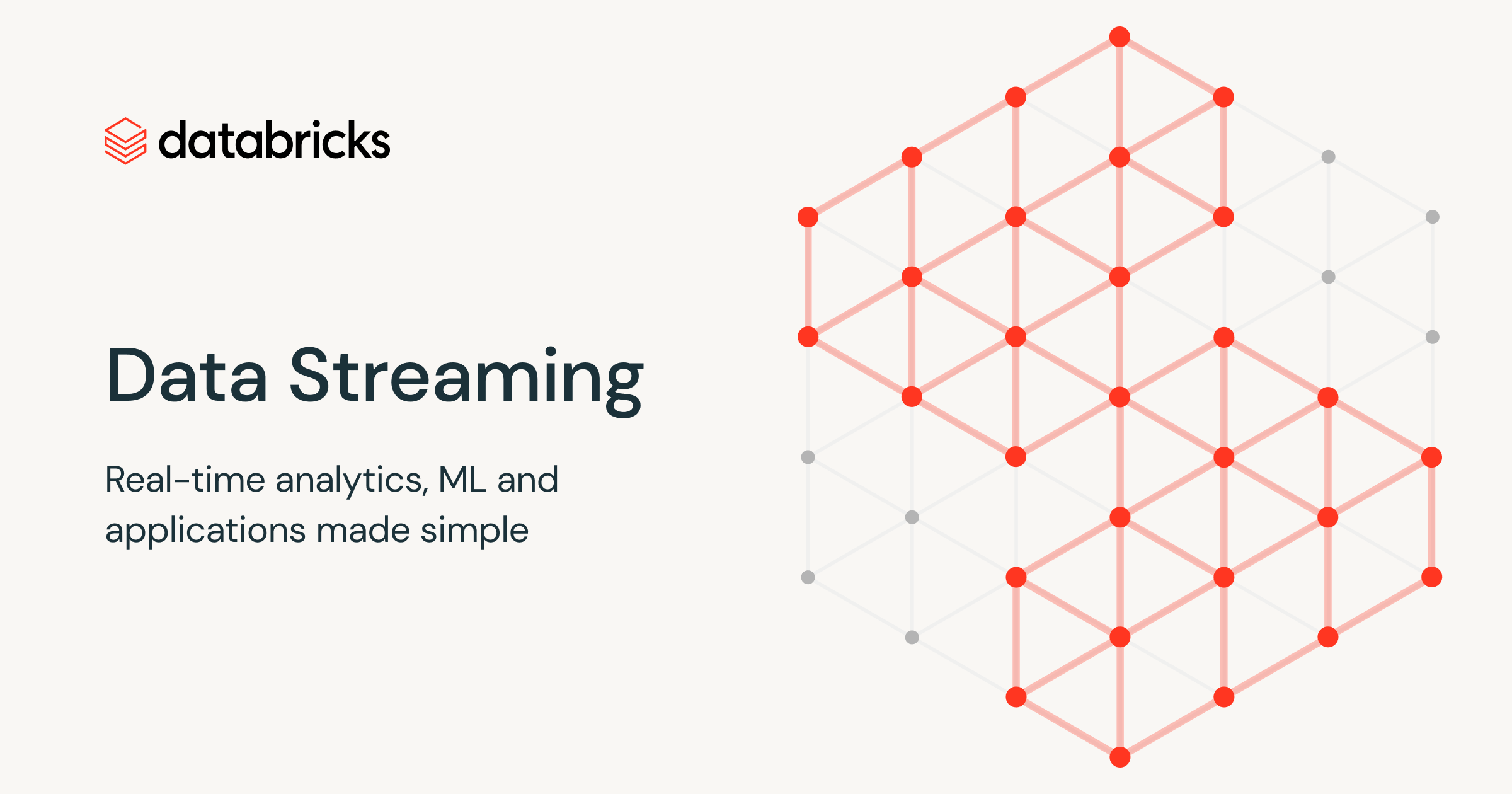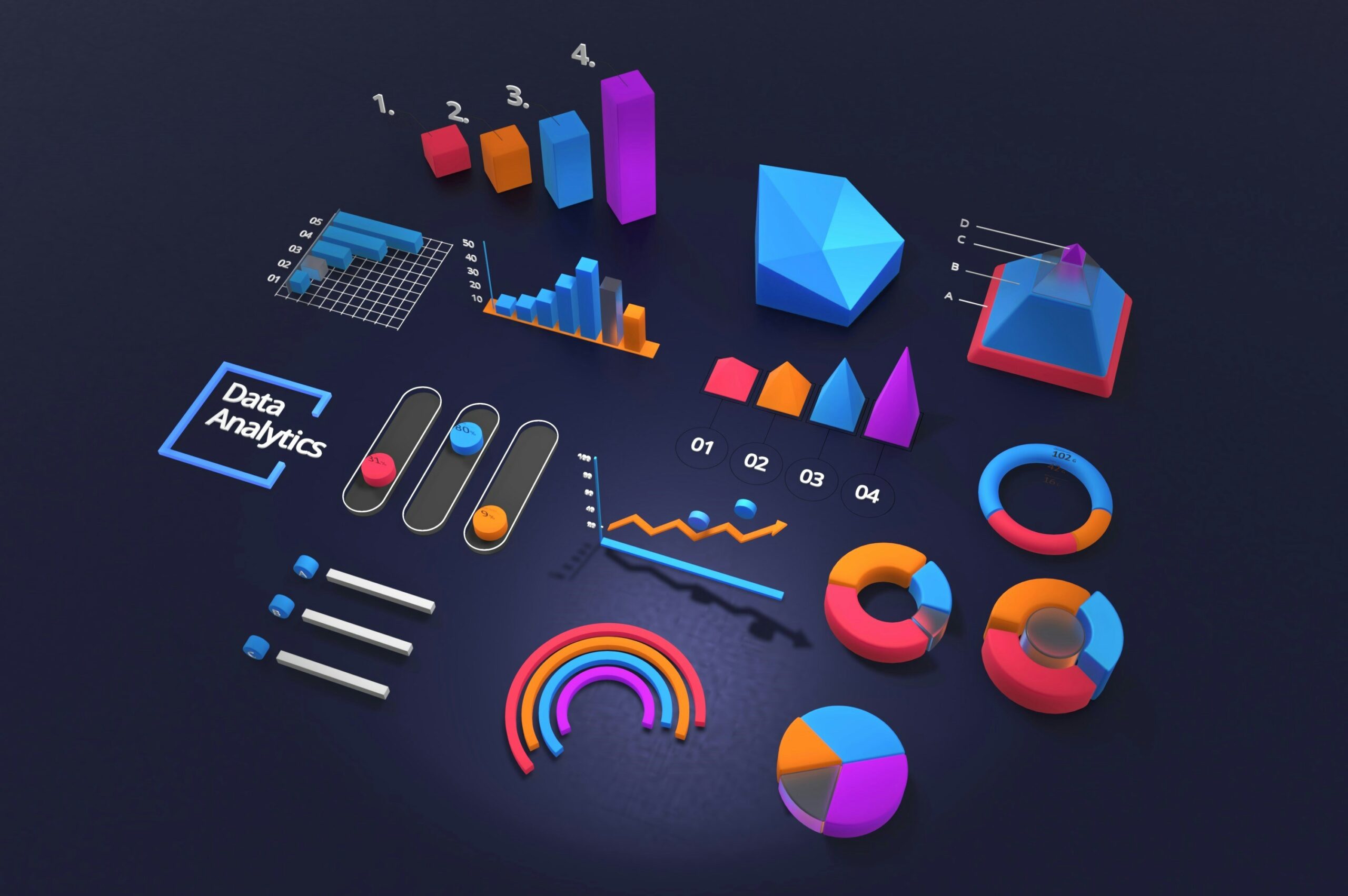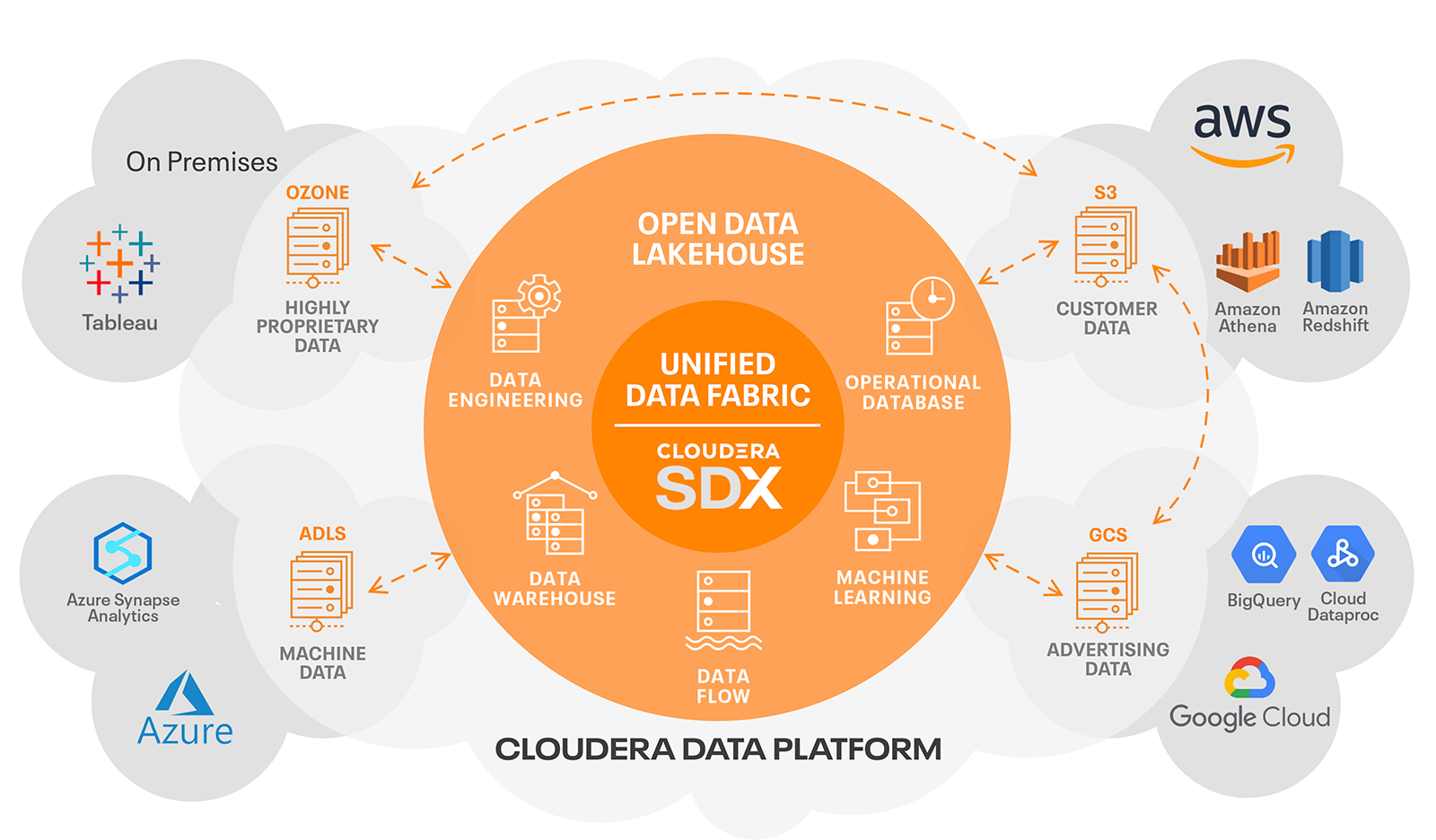In today’s fast-paced data ecosystem, businesses rely heavily on real-time data streaming to gain actionable insights. Databricks, powered by Apache Spark Structured Streaming, provides a robust platform for building and managing real-time streaming pipelines. This step-by-step guide will walk you through creating a real-time streaming pipeline using Databricks. What is a Real-Time Streaming Pipeline? A real-time streaming pipeline processes data continuously as it is generated, ensuring low latency between data ingestion and actionable insights. Common use cases include: Key Features of Databricks for Streaming Step-by-Step Guide Step 1: Set Up Your Databricks Environment Step 2: Identify Your Data Sources and Sink Streaming Sources: Data Sink: Step 3: Ingest Streaming Data Example 1: Ingest Data from Kafka Use Spark Structured Streaming to connect to Kafka: pythonCopy codefrom pyspark.sql.types import StringType, StructType # Define the schema of incoming data schema = StructType().add(“key”, StringType()).add(“value”, StringType()) # Read from Kafka raw_stream = spark.readStream.format(“kafka”) \ .option(“kafka.bootstrap.servers”, “kafka-server:9092”) \ .option(“subscribe”, “topic-name”) \ .load() # Parse the data stream_df = raw_stream.selectExpr(“CAST(value AS STRING) AS json_string”) \ .select(from_json(“json_string”, schema).alias(“data”)) \ .select(“data.*”) Example 2: Ingest Data from File Storage (S3) Stream data incrementally from a directory: pythonCopy codefile_stream = spark.readStream.format(“csv”) \ .schema(schema) \ .option(“header”, “true”) \ .load(“s3://your-bucket/path/”) Step 4: Transform the Data Apply cleaning, filtering, and enrichment to the incoming data. Example: Filter and Aggregate the Data pythonCopy codefrom pyspark.sql.functions import col, window, count # Filter records filtered_stream = stream_df.filter(col(“event_type”) == “click”) # Aggregate by time window aggregated_stream = filtered_stream.groupBy( window(col(“timestamp”), “5 minutes”), col(“category”) ).agg(count(“*”).alias(“event_count”)) Step 5: Write the Data to a Sink Example 1: Write to Delta Lake Delta Lake ensures high-performance storage with ACID guarantees: pythonCopy codeaggregated_stream.writeStream.format(“delta”) \ .outputMode(“append”) \ .option(“checkpointLocation”, “/mnt/delta/checkpoints/streaming”) \ .start(“/mnt/delta/processed-data”) Example 2: Write to a Console (for Debugging) You can print the data to the console during development: pythonCopy codeaggregated_stream.writeStream.format(“console”) \ .outputMode(“complete”) \ .start() Example 3: Write to a Data Warehouse Use JDBC to write aggregated data to a relational database: pythonCopy codeaggregated_stream.writeStream.format(“jdbc”) \ .option(“url”, “jdbc:mysql://hostname:3306/dbname”) \ .option(“dbtable”, “aggregated_data”) \ .option(“user”, “username”) \ .option(“password”, “password”) \ .start() Step 6: Monitor and Optimize the Pipeline Step 7: Visualize and Analyze Data Connect your processed data to BI tools like Tableau or Power BI for visualization. For example, you can visualize real-time metrics such as: Best Practices for Real-Time Streaming Pipelines Conclusion Building a real-time streaming pipeline with Databricks is a powerful way to process and analyze data as it arrives. By leveraging Databricks’ integration with Structured Streaming and Delta Lake, you can ensure scalability, reliability, and efficiency for even the most demanding workloads. Are you ready to start streaming? Share your use cases or challenges in the comments, and let’s discuss how to optimize your pipeline!
Building a Scalable Data Pipeline Using Databricks
Modern businesses thrive on data-driven decisions, and scalable data pipelines are at the core of processing vast amounts of data efficiently. Databricks, a unified analytics platform, simplifies building, managing, and scaling data pipelines by combining Apache Spark‘s power with collaborative features. This blog will walk you through the process of building a scalable data pipeline using Databricks. What is a Data Pipeline? A data pipeline automates the extraction, transformation, and loading (ETL/ELT) of data from multiple sources into a destination, such as a data warehouse, data lake, or analytics platform. Scalable pipelines ensure that as your data grows, the performance remains consistent and the infrastructure adapts dynamically. Key Characteristics of a Scalable Pipeline: Why Use Databricks for Data Pipelines? Steps to Build a Scalable Data Pipeline in Databricks Step 1: Define Your Use Case Start by identifying the problem your pipeline will solve. Common use cases include: Step 2: Set Up Your Databricks Environment Step 3: Ingest Data Step 4: Transform Data Use Databricks to process and clean raw data. Step 5: Load Data Load the processed data into a data warehouse (e.g., Snowflake, Redshift) or expose it to BI tools. Step 6: Automate and Monitor the Pipeline Case Study: Real-Time Analytics Pipeline Imagine a retail company that tracks real-time sales data: Best Practices for Scalable Pipelines in Databricks Conclusion Databricks makes it easier than ever to build scalable, resilient data pipelines by leveraging the power of Spark, Delta Lake, and its collaborative features. Whether you’re processing batch or streaming data, Databricks can handle it with ease, helping your organization unlock insights faster and at scale. Ready to build your own scalable pipeline? Start small, iterate, and leverage Databricks’ capabilities to handle the growth! Have questions or challenges with your pipelines? Let’s discuss in the comments below!
An In-Depth Look at Schema Evolution in Apache Avro
Apache Avro is a popular data serialization framework in the big data ecosystem, known for its compact format and robust support for schema evolution. But as your data grows and changes over time, managing schema evolution becomes critical for maintaining compatibility across data producers and consumers. This article delves into the concept of schema evolution in Avro, its challenges, and best practices for handling it effectively. What is Schema Evolution? Schema evolution refers to the process of making changes to a data schema over time while ensuring compatibility with existing data and applications. This is especially important in systems where data producers and consumers operate independently. For example, consider a scenario where a data producer adds a new field to a schema. Schema evolution ensures that older consumers, unaware of the new field, can still process the data without breaking. How Does Avro Handle Schema Evolution? Avro achieves schema evolution by embedding the schema in each serialized file and defining rules for backward compatibility, forward compatibility, and full compatibility between the writer’s schema and the reader’s schema. Key Features in Avro Schema Evolution: Types of Schema Compatibility Schema Evolution Rules in Avro Allowed Changes for Backward Compatibility: Disallowed Changes: Practical Example of Schema Evolution Original Schema (v1): jsonCopy code{ “type”: “record”, “name”: “User”, “fields”: [ { “name”: “id”, “type”: “int” }, { “name”: “name”, “type”: “string” } ] } Updated Schema (v2): jsonCopy code{ “type”: “record”, “name”: “User”, “fields”: [ { “name”: “id”, “type”: “int” }, { “name”: “name”, “type”: “string” }, { “name”: “email”, “type”: [“null”, “string”], “default”: null } ] } Challenges in Schema Evolution Best Practices for Schema Evolution in Avro Conclusion Schema evolution in Apache Avro is a powerful feature that allows data pipelines to adapt to changing requirements without breaking existing systems. By following compatibility rules and best practices, you can ensure smooth schema transitions, maintain system reliability, and future-proof your data infrastructure. Are you currently facing challenges with schema evolution in Avro? Share your experience in the comments!
Demystifying Data Partitioning for Large-Scale Data Processing
Demystifying Data Partitioning for Large-Scale Data Processing In the world of big data, data partitioning is a crucial technique for optimizing performance, reducing costs, and ensuring scalability in large-scale data processing systems. Whether you’re working with distributed databases, data lakes, or ETL pipelines, partitioning can make or break your system’s efficiency. This article will help you understand what data partitioning is, why it matters, and how to implement it effectively. What is Data Partitioning? Data partitioning is the process of dividing a large dataset into smaller, more manageable chunks (partitions) based on a specific key or strategy. Each partition contains a subset of the data and can be stored or processed independently. Key Features of Partitioning: Why Partitioning Matters in Big Data Common Partitioning Strategies 1. Range Partitioning Data is divided based on a range of values in a specific column. 2. Hash Partitioning Data is distributed based on the hash value of a key. 3. List Partitioning Data is split into partitions based on predefined categories. 4. Composite Partitioning Combines multiple strategies, like range + hash. Tools and Frameworks That Leverage Partitioning Best Practices for Data Partitioning Real-World Example: Partitioning in Action Imagine you’re managing a data lake with millions of customer transactions stored in AWS S3. By partitioning the data by year, month, and region: Conclusion Data partitioning is a cornerstone of modern data engineering, enabling faster queries, better resource utilization, and scalable solutions for large datasets. By selecting the right strategy and following best practices, you can unlock the full potential of your data processing systems. Are you already leveraging partitioning in your workflows? Share your challenges or questions below, and let’s discuss solutions!
Data Lakes vs. Data Warehouses: Which One Do You Need?
In the world of data engineering, data lakes and data warehouses are two foundational storage solutions, but choosing the right one for your needs depends on your use case, team structure, and organizational goals. Let’s break down the differences, benefits, and scenarios where each shines to help you make the right decision. What is a Data Lake? A data lake is a centralized repository that allows you to store raw, unstructured, semi-structured, and structured data at scale. Think of it as a vast, flexible “dump” where data is stored in its native format until it’s needed. Key Features: Pros: Cons: What is a Data Warehouse? A data warehouse is a structured, optimized repository designed to store processed and organized data for fast querying and analysis. It’s the go-to solution for business intelligence (BI) and reporting. Key Features: Pros: Cons: Key Differences Between Data Lakes and Data Warehouses Feature Data Lake Data Warehouse Data Type Raw, unstructured, and structured Structured and processed Schema Schema-on-read Schema-on-write Use Cases Big data analytics, AI/ML Business intelligence, reporting Performance Slower for complex queries Optimized for fast queries Cost Low-cost storage (e.g., S3) Higher costs due to performance Users Data scientists, engineers Business analysts, executives Tools Hadoop, Azure Data Lake, AWS S3 Snowflake, BigQuery, Redshift When to Use a Data Lake When to Use a Data Warehouse Can You Use Both? Absolutely! Many organizations adopt a hybrid approach: Modern tools like Databricks and Snowflake even blur the lines by offering unified platforms to handle both lake-style and warehouse-style workloads. Conclusion Choosing between a data lake and a data warehouse depends on your data needs: For many, a combination of both solutions might be the best path forward, ensuring you’re prepared to handle the ever-evolving world of data-driven decision-making. What’s your current use case or challenge? Let’s discuss how you can implement the right solution!
Data Mesh: A Modern Approach to Data Architecture
In the ever-evolving landscape of data engineering, the Data Mesh concept has emerged as a transformative paradigm for managing and utilizing data. With the exponential growth of data and the increasing complexity of data systems, traditional monolithic architectures like data warehouses and centralized data lakes are often proving inadequate. Data Mesh offers a decentralized and domain-driven alternative, enabling organizations to scale their data operations effectively while empowering teams to own and manage their data independently. In this blog, we’ll explore what Data Mesh is, its core principles, how it compares to traditional architectures, and its potential benefits and challenges. What Is Data Mesh? Data Mesh is a decentralized data architecture introduced by Zhamak Dehghani. Unlike traditional monolithic systems, where data is centrally owned and managed, Data Mesh decentralizes data ownership to domain-specific teams. Each domain team treats data as a product, ensuring that the data they produce is discoverable, reliable, and usable by others in the organization. This approach aligns with the principles of domain-driven design (DDD), enabling teams to focus on the data most relevant to their business context while maintaining interoperability across the organization. Core Principles of Data Mesh Data Mesh is built on four foundational principles: 1. Domain-Oriented Data Ownership In a Data Mesh architecture, data ownership is distributed across the organization, with each domain team responsible for the data it produces. For example, a marketing team may own customer engagement data, while a finance team owns transaction data. This model fosters accountability and ensures that data is maintained by those with the deepest domain knowledge. 2. Data as a Product In a Data Mesh, data is treated as a product, much like software. This means domain teams must prioritize user experience, reliability, and quality when producing and sharing their data. Data products should have well-defined APIs, clear documentation, and mechanisms for feedback to meet the needs of their “customers.” 3. Self-Serve Data Infrastructure To support decentralized data ownership, organizations need to provide a self-serve data infrastructure. This infrastructure abstracts away the complexities of managing data pipelines, storage, and security, allowing domain teams to focus on their core responsibilities without requiring deep technical expertise in data engineering. 4. Federated Computational Governance Decentralization doesn’t mean chaos. Federated governance ensures that data across the organization adheres to common standards and policies, such as security protocols, data privacy regulations, and interoperability requirements. This governance is achieved through collaboration between domain teams and a central governing body. Data Mesh vs. Traditional Architectures Feature Traditional Architecture Data Mesh Ownership Centralized (data teams) Decentralized (domain teams) Scalability Limited by central bottlenecks Scales with domains Focus Technology-driven Domain-driven Flexibility Rigid, hard to adapt Agile, supports innovation Governance Top-down Federated Traditional architectures like data lakes often struggle with bottlenecks caused by centralized teams, leading to slower time-to-insight and reduced flexibility. In contrast, Data Mesh allows organizations to adapt quickly to changing business needs. Benefits of Data Mesh Challenges and Considerations Best Practices for Implementing Data Mesh Real-World Applications Several organizations have successfully adopted Data Mesh principles to transform their data ecosystems: These examples demonstrate the potential of Data Mesh to address the challenges of modern data architecture while unlocking new opportunities for growth and innovation. Conclusion Data Mesh represents a fundamental shift in how organizations think about and manage data. By decentralizing ownership, treating data as a product, and enabling self-serve infrastructure, Data Mesh empowers teams to innovate and scale effectively. While the journey to adopting this architecture may be challenging, the benefits of improved data quality, faster insights, and enhanced collaboration make it a compelling choice for modern enterprises. As data continues to grow in importance, organizations that embrace concepts like Data Mesh will be better positioned to leverage their data as a strategic asset. Whether you’re just starting your data engineering journey or looking to transform your existing architecture, exploring Data Mesh principles could be the key to unlocking the full potential of your data ecosystem. What’s your take on Data Mesh? Share your thoughts in the comments below!







